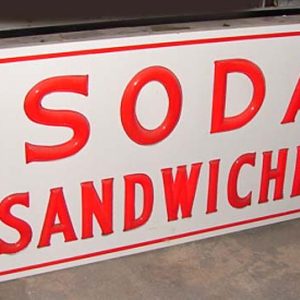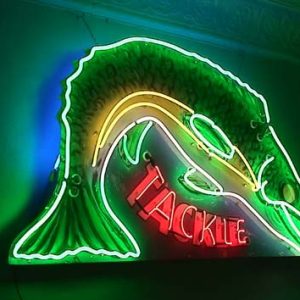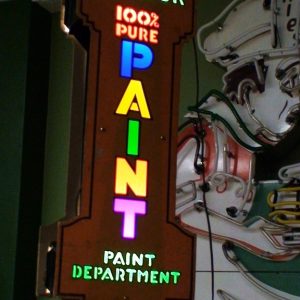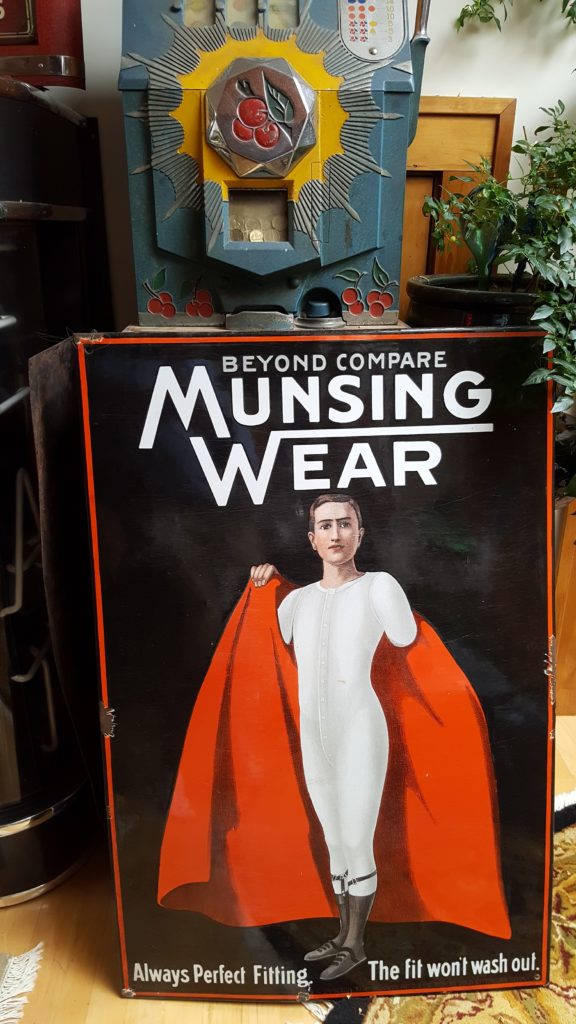Vintage 1800s Advertisements - Signs from the 1800s to the 2000s
by Darryl Tilden
Explore vintage 1800s advertisements signs from the 1800s to the 2000s and learn about the materials used. From large flashing neon signs to those small, but memorable and effective ones, advertising signs silently made history and marked different eras. The uniqueness, design, typography, and symbolism varied throughout decades, making every sign special, and leaving marks on generations.
Vintage Advertising signs 1800’s//2000’s
First of all, early in the 19th century was marked by the industrial boom followed by many inventions. While customers purchased, different inventions, as novelties, needed to be properly advertised and the most distinguishing attribute of the 1800’s advertising signs was the unusually detailed design and decorative typography. While these signs were usually handmade and of differently shaped metals, wood, ceramics, and porcelain, with the invention of lithography came the era of advertisement we are very familiar with today – posters, billboards, and printed advertising signs.




The 1800s Advertisements
As a result Lithography in the early 1800’s changed the advertising signs forever. Consequently Based on the progress made in the previous century, Gas lighting and later on, electric lighting, in the first half of 20th century was marked by the first illuminated when an advertising sign turned into a spectacle on its own.
While European Neon signs were first introduced around 1910’s most large companies and manufacturers could not afford such an advertising light show. As a result, Enamel signs were the most common, which were made of a base of heavy rolled iron or steel. The process of making included having these die cut and then coated with layers of colored glass powder. Hence outdoor advertising commonly used enamel signs & were a number one waterproof advertising solution at that time. In the beginning of the 20th century, these signs evolved from porcelain enamel signs to enamel paint on metal.
Also, these companies used all types of materials in these signs. Most of all Tin signs were the most notable, which played an immensely important role in the history of advertising signage. Old tin advertising signs appeared much earlier. And advertisement by the 2oth century in this role increases.
The 1900’s Advertisements
Finally, Customers from the 1900’s, especially the second half of it, were in the era of plastic, vinyl, and neon lights. Also flashy signs, cables, electronics, vivid colours, photography, improved printing methods and memorable graphic design ideas. Also, miscellaneous vintage signs from around the 1940s, as they were more durable and cheaper. Hence plastic and vinyl signs started replacing tin signs, giving metal a second place for the first time in advertising signage history. Finally Printing in colour became a reality and in the second half of 1900’s neon lights became more frequent.

